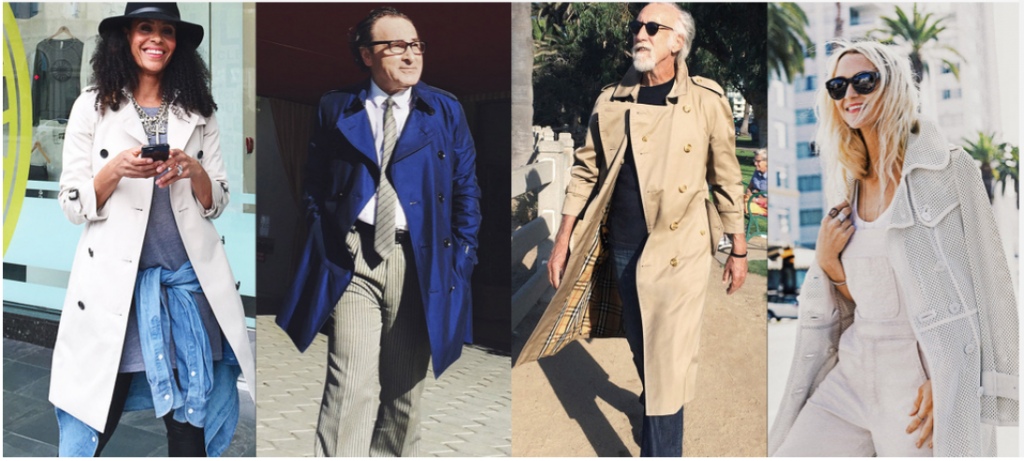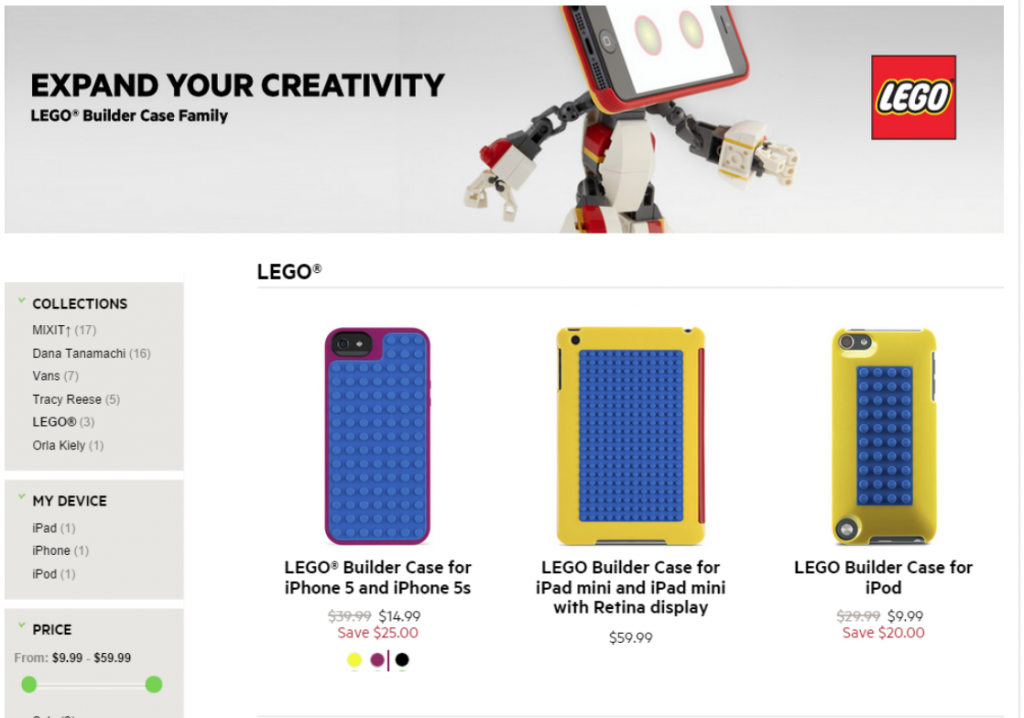Apr
2015
User Generated Content Campaigns. Good Idea?
User Generated Content (UGC) is the process of “people who voluntarily contribute data, information or media that then appears before others in a useful or entertaining way” (Krumm, J. 2008). This can be through comment sections, ratings & reviews or personal videos/vlogs.
The question we’re asking here is whether starting a UGC is worth the hassle that they come with? To answer this, we will be looking at a few examples of what companies have done in the past to boost their brand.
Campaigns that Worked
1. Coca-Cola
Coca-Cola had most notoriously and most recently one of the best user generated campaigns ever. They came up with the ‘Share a Coke’ campaign where the company produced Coke bottles with peoples names on them. They then handed these out in hundreds of cities around the world to gain more publicity and exposure on social media, most notably on Twitter. This increased their electronic word of mouth which is the ‘Informal, non-commercial, oral and person-to-person communication about a brand, a product or a service between two or more consumers’ (Arndt, 1967). After a decade of declining revenue, Coca-Cola announced a 2% increase in U.S Sales after this campaign. As noted by Engel et al (1993) the level of interest of involvement in the topic under consideration serves to simulate discussions.
2. Burberry
Burberry recruited a new CEO in 2006 called Angela Ahrendts. She decided to launch a user generated content strategy as she believed burberry were being recognised as an ageing brand, therefore she was trying to spruce things up with the company. Burberry launched The Art of the Trench website in 2009, where users could upload and comment on pictures of people wearing Burberry products. This is a form of product recommendation, as suggested by Balasubramaniam, N. (2009), this has been proven successful in driving sales, most notably in the grame of e-commerce platforms. This is represented for Burberry, as ecommerce sales surged 50% year-over-year following the launch of the site.
3. Belkin & Lego
In 2013, Lego and Belkin came together and proceeded to develop a line of customisable iPhone cases. The company then created a social platform for customers, giving them a place to share pictures of their cool new cases and to show others the benefits of making their own. This attracted new customers to the website because they believed this was a interesting idea.
Sometimes UGC campaigns don’t work out too well either. The problems surrounding UGC however, is the loss of control is has for the companies. The users are not your employees so they may end up saying or moving conversations in directions you are not anticipating. This is particularly true if you launch a product that does not meet expectations.
Starbucks
UCG is very hard to have any filtering on, therefore you are always at risk of bad language to be used when its out of your control. This is what happened with Starbucks back in 2013 christmas time. Starbucks started a hastag which was #SpreadTheCheer. They were also sponsoring an event at the Natural History Museum in London. The deal included allowing Starbucks to broadcast #SpreadTheCheer tweets live on the wall of the ice rink at the Museum. An example below…
This lead to a variety of foul-mouthed tweets being displayed on the outside of the Natural History Museum which lead to a number of complaints towards the company (HuffingtonPost, 2012).
What are the implications surrounding UCG?
Tourism
Recent research carried out by De Asciniis & Morasso (2011) suggests that UCG become very important for the reputation of destination because of the fact that customers are giving their honest opinions about certain places, rather than the company/marketer advertising it.They can be used to verify the actual reputation of a destination and, from the other side, they contribute fixing such a reputation (Albâstroiu & Felea, 2014).
New Identity for Brands
UGC is also considered to give different opinions about a certain brand through consumers and their experience with them. Muniz and Schau’s (2007) work highlights that brand communities engage with UGC to fill a void left by conventional media, often giving brands a new identity.
So how should you run your own UGC?
Launching a user generated content campaign can be one of the most effective ways to build your brand, as demonstrated by the companies listed above. Here are a few tips to ensure a good quality UGC campaign.
- Match your Promotion type to your Audience
- Ensure no Legal Issues surround the UGC
- Request entries that you can use in your marketing campaigns.
- Most brands offer prizes to consumers who participate in UGC
Albăstroiu, I., & Felea, M. (2014). The Implications of User-Generated Content Websites for Tourism Marketing. International Journal of Economic Practices and Theories, 4(2), pp.222-229.
Arndt, J. (1967). Role of product-related conversations in the diffusion of a new product. Journal of marketing Research, pp.291-295.
Balasubramaniam, N. (2009). User-generated content. In Proceedings of business aspects of the internet of things, seminar of advanced topics pp. 28-33.
De Ascaniis, S. And Greco Morasso, S., (2011), When tourists give their reasons on the web: The argumentative significance of tourism related UGC. Information and Communication Technologies in Tourism. pp.125-137.
Engel, J. F., Blackwell, R. W., & Miniard, P. W. (1993). Understanding the consumer. ESCO Public Relations for FD’s, pp.1-9.
Huffington Post. 2012.Available at: http://www.huffingtonpost.com/2012/12/17/starbucks-spread-the-cheer_n_2317544.html
Krumm, J., Davies, N., & Narayanaswami, C. (2008). User-generated content. IEEE Pervasive Computing, 7(4), pp.10-11.
Muniz, Albert M,. Schau, Hope J. Vigilante marketing and consumer-created communications. Journal of Advertising Research 2007; 36(3): 35-50.



